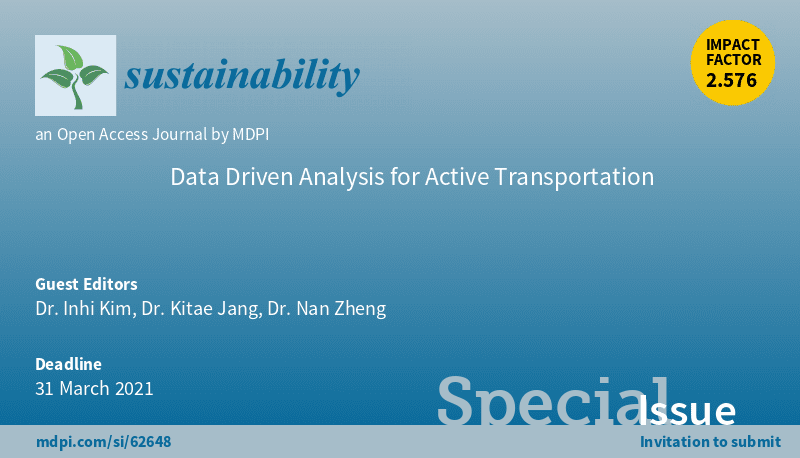Active Transportation describes all human-powered forms of travel. Walking and cycling are among the most popular and can be combined with other modes, such as public transit. It is a key way for more people to be consistently active in their daily lives, improving the quality of life. Active transportation is one of the most cost-effective ways for an individual to become more physically active and remain healthy in the long-term.
Investments in active transportation infrastructure yield positive outcomes, for example, efficient transportation operation, improved air quality, reduced contributions to climate change, improved vibrancy and livability, vehicle operational cost saving, reduced congestion, and more.
Reasons that people give for not walking or cycling usually involve poor weather, safety concerns, a lack of sidewalks and cycling facilities, time pressures, and a lack of secure bicycle parking. Local governments have a crucial role and expertise with design and land use strategies to overcome these challenges.
In many recent years, various data sources detecting the movement of active transportation users and their activities have been implemented to understand travel behaviour. In a big data era, it became much feasible to estimate and predict travel behaviour to make a better transport plan. This special issue tries to compile high-quality research papers to contribute to the active transport area.
The objective of this Special Issue is to bring together state-of-the-art research contributions that address challenges in contemporary data pre and post processing, data management, data fusion, data driven AI applications, extensibility of data application in the active transport field.
The special issue encourages the authors to contribute submissions from a broad range of research fields related to the recent active transport data to many practitioners and academics as followings
- Transportation planning and design
- Community land use and design
- Safety concerns for walking and biking
- First and last mile accessibility
- Active transport lifelong experience
- Active transport with health implications
- Shared mobility(dockless bike, stationary bikes, electric scooter) implementation
- Special treatments for active transport
- A relationship between public transport and active transportation
- Pedestrian travel behavior and walking pattern
- Elderly mobility
